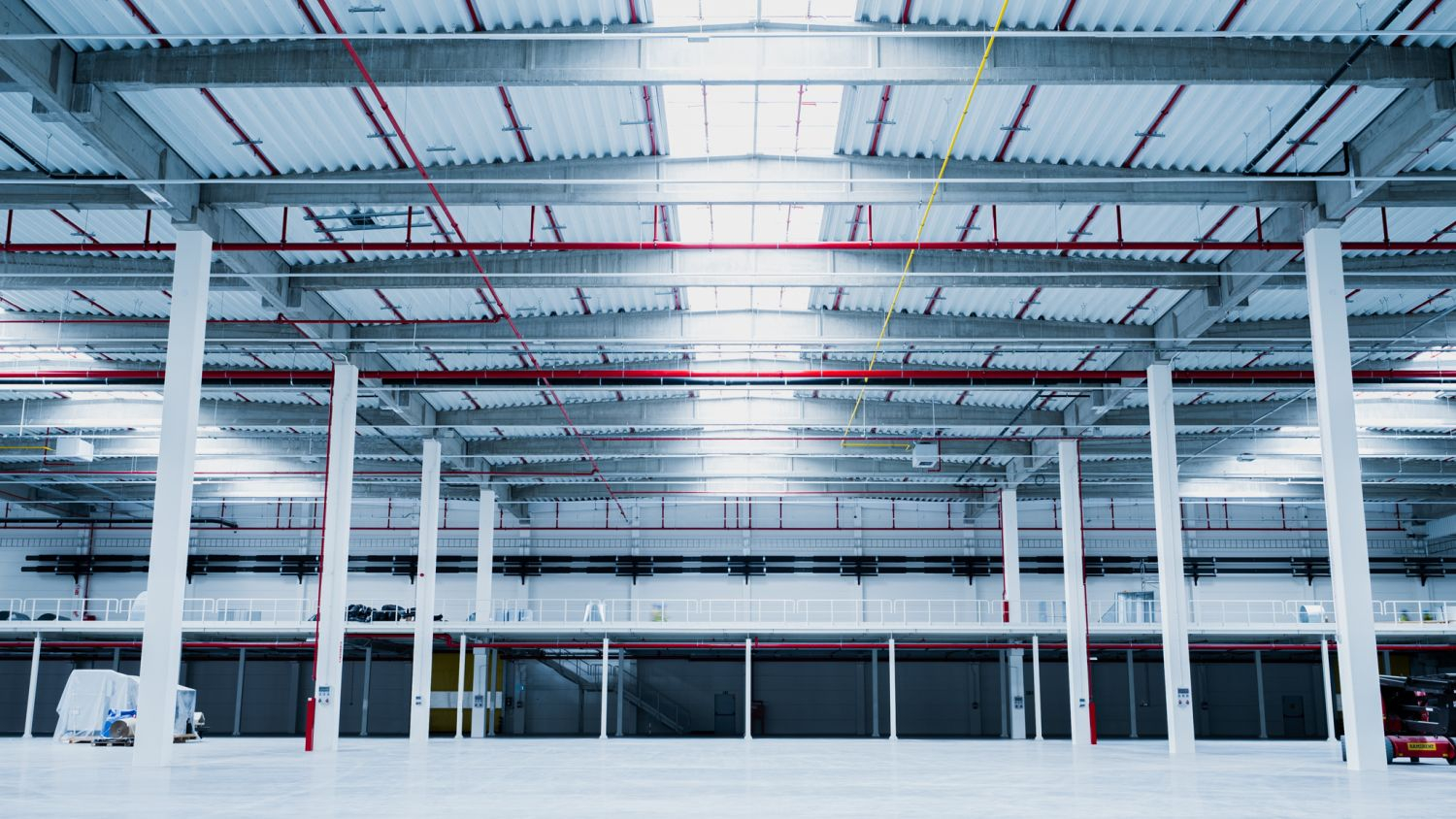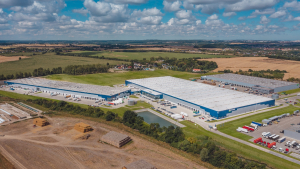
Demand and supply slowed during the last quarter but remained relatively strong, reveals the latest report from BNP Paribas Real Estate Poland. Both vacancy and rental rates edged up by the end of 2023. Looking ahead, urban warehouses and built-to-suit projects will increase in popularity.
A slowdown in demand and development activity
Gross warehouse take-up reached 5.6 million sqm at the end of December 2023, a decrease of 15% year-on-year. The decline in leasing activity is attributed to a high base effect as 2021–2022 were the peak years for demand for industrial and logistics space. By contrast, the last quarter of 2023 alone saw 1.9 million sqm transacted.
As regards new completions, nearly 0.58 million sqm of warehouse space came on stream in the fourth quarter of 2023, bringing last year’s total supply to more than 3.7 million sqm.
“The Polish industrial and logistics market experienced a slowdown in 2023 but there are signs that it will bounce back in 2024. Last year’s figures for take-up, supply and new project starts remained very high despite challenging macroeconomic conditions. Also on the positive side, the volume of industrial and logistics space under construction increased to 2.8 million sqm by the end of the year. In 2024, Poland’s total stock is expected to surpass the 34 million sqm mark, while the Warsaw market (Warsaw I & II) will strengthen its leading position with nearly 7 million sqm”, says Tomasz Arent, Head of Industrial and Logistics, BNP Paribas Real Estate Poland.
The highest concentration of development activity in the three months to December 2023 was in Lower Silesia (729,400 sqm), Central Poland (402,900 sqm) and Warsaw II (376,800 sqm). Meanwhile, the largest volumes of new warehouse space added to the market in Q4 2023 were recorded in Upper Silesia (127,500 sqm), Warsaw II (125,900 sqm) and Central Poland (86,800 sqm). The largest projects underway in the surveyed period included the extension of P3 Wrocław, which will see more than 200,000 sqm delivered in buildings 1 and 3, and Panattoni Park Wrocław Logistics South Hub - a new 90,000 sqm scheme. It is also worth noting that projects in the pipeline had an average pre-let rate of around 51%, indicating an upward trend over the last two quarters of 2023.
Vacancy and rental rates rise
The overall vacancy rate was on an upward trajectory last year. Although it edged down by 0.4 pp quarter-to-quarter to 7.4% in Q4 2023, it rose by 3.2 pp year-on-year. The upward trend in vacancy rates is, however, expected to slow in the coming quarters, says BNP Paribas Real Estate Poland. On the other hand, with the vacancy rate being where it is, there is clearly stronger competition in the industrial and warehouse market and tenants are finding it easier to secure the right space.
The authors behind BNP Paribas Real Estate Poland’s report for Q4 2023 also note a high proportion of renewals which accounted for 40% of all transactions and a marked tendency towards protracted lease decision-making. The largest lettings of the last quarter of 2023 included two transactions for a combined area of more than 220,000 sqm leased by an e-commerce company in P3 Wrocław and the renewal of the Musketeer Group’s lease of more than 80,000 sqm of warehouse space in GLP Poznań II Logistics Centre.
Both headline and effective industrial and logistics rents increased since the beginning of 2023, with rental growth driven by the rising prices of fuel and building materials, elevated project financing costs and weaker investor sentiment. According to analysts from BNP Paribas Real Estate Poland, the relatively high availability of space in standing industrial and logistics facilities is likely to see rents come under slight pressure in 2024, with the upward trend coming to a halt and rental rates edging down in some locations.
Urban warehouses on the rise
BNP Paribas Real Estate Poland also notes the increasing popularity of urban warehouses which - as their name suggests - are built within urban areas or even in city centres. These are small facilities developed in response to the meteoric rise of e-commerce and its growing requirements.
“Urban warehouses may also help keep rising online fulfilment costs in check. The relocation of logistics to city centres will also streamline the fulfilment process and reduce last-mile delivery times. However, last-mile logistics generates high costs and is inherently associated with the highest risk of delays, errors or lost parcels. Small urban warehouses help shorten the distance between a central warehouse and end recipients”, comments Piotr Załęski, Associate Director, Industrial and Logistics, BNP Paribas Real Estate Poland.
Urban warehouse facilities attract companies from various industries: from logistics to e-commerce, manufacturing, services and laboratories. Rental rates largely depend on location, with Warsaw I reporting rents of up to €9.75 per sqm per month.
Tailor-made warehouses
The Polish industrial sector is also seeing an increased demand for built-to-suit (BTS) projects, says the report. This is a business model where a developer undertakes to build a facility according to a client’s individual specifications and requirements and to deliver production, warehouse or office space tailored to the specific needs of a tenant.
As technology advances, traditional industrial buildings may be unable to meet the advanced requirements of modern manufacturing, hence the demand for modern and efficient industrial space. BTS projects also enable the integration of cutting-edge technologies, energy-efficient systems and automation. In addition, they are designed for long-term use of 10-25 years, ensuring production continuity and safety for tenants.
More and more companies are choosing to relocate manufacturing and logistics operations closer to consumers as part of nearshoring which, in turn, is fuelling the construction of BTS facilities. Many BTS buildings are smart and fully automated in terms of access security, energy efficiency, production optimisation and carbon footprint minimisation.



